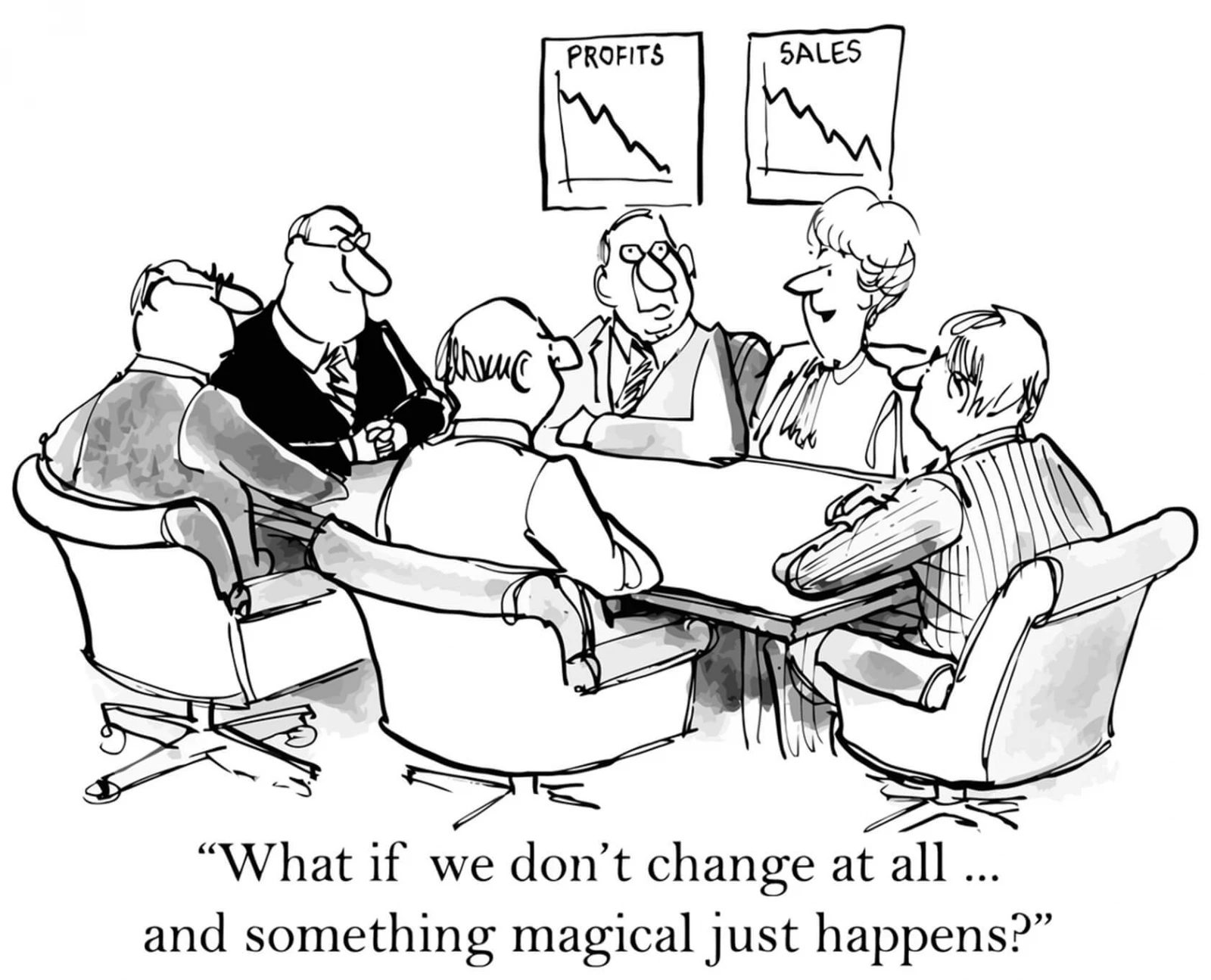It’s no secret that mental health and wellbeing took a beating during the depths of the Covid-19 pandemic but these issues are still being seen in workers as we start 2024. Leaders will need to pay attention to how their employees are doing if they want to meet organizational goals.
Prioritizing the mental health and well-being of employees is not just a compassionate gesture; it is a strategic imperative for business leaders in today's dynamic and competitive work environment. Recognizing that employees are not mere assets but essential contributors to organizational success, leaders must actively engage in fostering a workplace culture that promotes mental health and overall well-being.
In addition to moral and ethical considerations, there are tangible business benefits associated with prioritizing mental health. Employees who feel supported and valued are more likely to be engaged, productive, and creative. A positive work environment that addresses mental health concerns can lead to reduced absenteeism, lower turnover rates, and improved employee loyalty. Moreover, organizations that prioritize mental health are better positioned to attract top talent, as prospective employees increasingly seek workplaces that prioritize their holistic well-being.
As leadership coaches, we know that leadership styles should change along with current workplace needs. Let’s look at the top 5 leadership changes we hope to see in 2024.
Top 5 Ways Leadership Styles Should Change in 2024
1. Learn to Accept and Effectively Manage Remote/Hybrid Workers
One of the toughest leadership challenges to come out of the pandemic was the shift toward remote and hybrid workplaces where employees spend some or all of their workdays outside of the office. Leaders have convinced themselves that unless employees are in person, they can’t build company culture and that productivity will suffer. What we have found is that by focusing on purposeful connection versus onsite presence, healthy company culture can thrive. Studies have also shown that working onsite does NOT determine employee productivity. In fact, a study by Stanford that gathered data about 16,000 workers over nine months found that working from home increased productivity by 13%.
Organizations will benefit from accepting remote and hybrid work options because employees are equally as determined to retain remote work privileges as business leaders are to end them. In some cases, employees moved around the country to more affordable, rural locations, and they aren’t coming back. Highly skilled workers with in-demand skills are choosing companies who offer remote work options, which means that business leaders will need to make some concessions if they wish to remain competitive employers.
2. Take Mental Health Support Seriously
Business leaders need to proactively implement policies and practices that foster a healthy work-life balance, promote stress management, and provide resources for mental health support. This may involve offering flexible work arrangements, providing access to counseling services, and integrating well-being programs into the company culture. It also means paying living wages and providing reasonable health insurance so employees can live comfortably. According to a study by monster.com, seven out of 10 Gen Z workers put pay or salary as their top motivator and 70% said that health insurance is their top “must have.”
By meeting these needs, leaders not only fulfill their moral responsibility but also contribute to the overall resilience and sustainability of their organizations in an ever-evolving business landscape. In essence, recognizing and addressing the mental health needs and overall priorities of employees is a strategic investment that pays dividends in terms of employee satisfaction, productivity, and long-term organizational success.
3. Learning to Lead Gen Z
Gen Z is settling into their adulthood and careers – and they are upending the workplace with their different expectations and communication styles! Making up 30% of the world's population, Gen Z is expected to account for 27% of the workforce by 2025.
Gen Z employees have differing communications styles from other generations. They are comfortable with technology and social media and texting is their preferred choice of communication at work. They also favor quick and concise content written in an informal tone, including plenty of acronyms. But here’s the surprise: Gen Z craves real-life interactions. In fact, 40% of them expect daily interactions with their boss or they worry that something might be wrong.
Fifty-one percent of Gen Z workers say education has not prepared them with the skills they need to succeed in their career, with 37% saying that they are lacking the technical skills they need! What managers are also noticing is that Gen Zers are lacking the communication and social skills required to manage differing opinions amongst their coworkers. They need a lot of support from frontline managers and middle managers to help them navigate the challenges of the workplace.
4. Creating an Inclusive and Supportive Work Environment
Because mental health is so closely linked to job performance, business leaders should invest in initiatives that go beyond traditional health benefits. This involves creating an inclusive and supportive work environment where employees feel comfortable discussing mental health concerns without fear of stigma or repercussions. Open communication channels, mental health awareness programs, and destigmatizing mental health discussions contribute to a workplace culture that values and prioritizes the holistic well-being of its workforce.
5. Investing in Leadership Development
Eighty percent of businesses are falling behind what needs to be done to be effective leaders. Business leaders need to get a handle on how to effectively lead employees in 2024 or their organizations will suffer. There are so many issues to consider, including:
- Middle managers are overwhelmed and need support. They are not able to provide the training that Gen Z employees need to thrive in the workplace because they are caught between employee and senior leader expectations.
- If employers want to entice workers back to the office, they will need to think about the ecosystem around the office. What’s the traffic like getting to and from the office? How far do employees have to commute? Are there restaurants nearby? Are there green spaces to enjoy during lunch breaks?
Upgrade Your Leadership Skills in 2024
Are you wondering why your employees aren’t engaged? Why they don’t want to come into the office? We can help. Uplevel your influence with more human-centric (soft) skills—alongside your technical/functional (hard) skills. Learn how to more effectively lead virtual, hybrid, and dispersed teams, engage and retain top talent, and leverage talent across geographies and markets by investing in leadership development. Contact us today to get started!
Warmly,
Lori and James
Lori Heffelfinger & James Jackman
Sources:
Rodoplu Şahin, D., Aslan, M., Demirkaya, H. et al. The effect of COVID-19 on employees' mental health. Sci Rep 12, 15067 (2022). https://doi.org/10.1038/s41598-022-18692-w. Accessed 1/4/2024.
Nicholas A. Bloom, James Liang, John Roberts, Zhichun Jenny Ying. Does Working from Home Work? Evidence from a Chinese Experiment. March, 2013. https://www.gsb.stanford.edu/faculty-research/working-papers/does-working-home-work-evidence-chinese-experiment. Accessed 1/4/2024.







